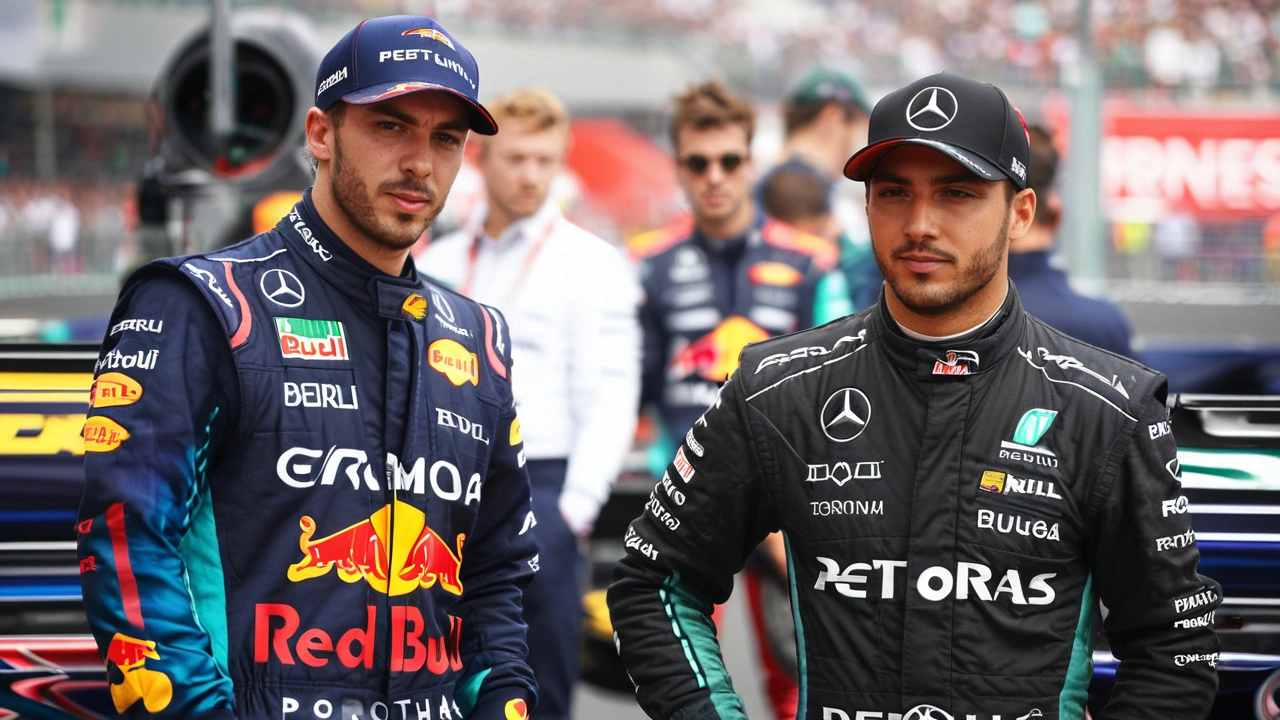FIA penalties — how they work and why they matter
Ever seen a result change after the race and wondered why? FIA penalties are the tools race stewards use to enforce rules. They can change starting grids, drop finishing positions, add time to a race, or even strip points. For drivers and teams, a penalty can swing a title fight. For fans, it explains sudden leaderboard shifts.
Common types of FIA penalties
Here are the penalties you’ll see most often and what they do:
- Grid drops: Often given for engine or gearbox swaps, or for breaking parc fermé rules. A driver keeps qualifying time but starts several places lower.
- Time penalties: These add seconds to a driver’s race time. They can be 5, 10, or more seconds depending on the offence. Small but decisive in tight finishes.
- Drive-through and stop-go: The driver must pit and either drive through without stopping or stop for a set time. These cost lots of time and often ruin a strategy.
- Disqualification: Used for serious breaches — car non-compliance, fuel rule violations, or deliberate rule-breaking. You lose the result entirely.
- Fines: Teams or drivers can be fined for behavior off-track or for procedural breaches. Fines don’t fix race results, but they hit the wallet.
- Super Licence points: Drivers collect penalty points for risky or dangerous behaviour. Accumulate a set number and you face a race ban. This keeps repeat offenders in check.
How penalties are decided and appealed
Stewards watch incidents on track, review telemetry, radio, and video, then issue a decision. The stewards’ report explains why and lists the exact rule broken. These reports are usually posted on the FIA or race website soon after the session.
Teams can appeal some decisions. Appeals are time-limited and follow FIA procedures, so teams must act fast. Sometimes an appeal delays the final result for hours or days. That’s why provisional finishing order can change later.
Want to follow penalties live? Watch the race broadcast — on-screen messages and team radio often reveal a pending penalty. After the session, check the official stewards’ documents on the FIA website for full explanations. Timing apps will show applied time penalties and revised race times.
Practical tips: if a team changes a gearbox or engine, expect a grid drop. If a driver spins another under braking, expect a time penalty or licence points. And remember — sometimes penalties are tactical: teams may accept a grid drop to get a newer engine part with long-term gain.
Penalties keep racing fair and safe. They can be frustrating, but understanding the types and process makes following races less mysterious. Next time results shift mid-weekend, you’ll know exactly where to look and why it happened.
